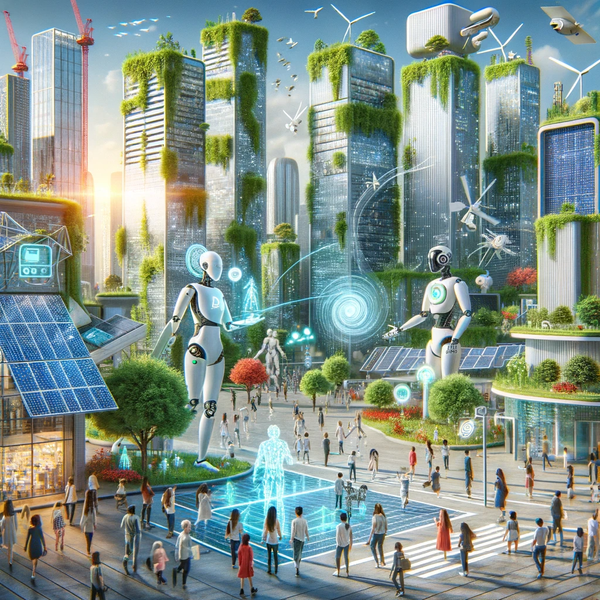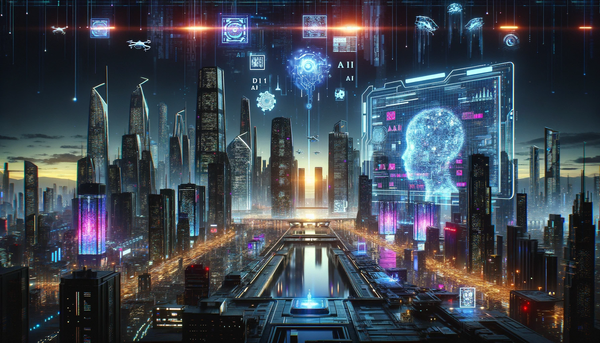The Sinister Dance of Disinformation and Confirmation Bias
In a world flooded with data, disinformation tailors lies to our beliefs, making the false feel true. As generative AI and LLMs like ChatGPT blur reality, our innate confirmation bias is exploited, leading us into a web of deception. In this age, critical thinking is our only beacon.

In a world teeming with information, one would assume we're all the wiser for it. But when you mix the deceptive allure of disinformation with the human mind's natural inclination towards confirmation bias, you get a lethal cocktail. As the rise of generative AI and LLMs like ChatGPT make information dissemination even easier, the line between fact and fiction has never been blurrier.
Let's embark on a journey into the dark corridors of the mind, beginning with understanding these two key terms.
Disinformation is not mere misinformation. Misinformation could be a mistake, an error. Disinformation, on the other hand, is the intentional creation and spread of false information, aiming to deceive and manipulate. Its design is to breed chaos, confusion, and distrust.
On the flip side, confirmation bias is an insidious psychological phenomenon where we're inclined to accept information that aligns with our pre-existing beliefs and dismiss anything that contradicts them. It's the reason we feel a warm, comfortable embrace when reading an article that validates our viewpoints, no matter how outlandish they might be.
Now, imagine what happens when disinformation is specifically tailored to feed confirmation bias. It becomes the equivalent of adding fuel to a raging fire. The falsity is consumed, digested, and regurgitated with even more conviction because it "feels right."
Enter generative AI. These advanced technologies, including Large Language Models (LLMs) like ChatGPT, have the power to produce human-like text, images, and more. They can craft narratives so real, so convincing, that even the savviest of readers can be fooled. As these technologies become more widespread, so does the potential for their misuse.
You might wonder, “Why would anyone deliberately spread disinformation using AI?” Power. Control. Influence. By exploiting the confirmation bias that resides in us all, they can guide public opinion, warp perceptions, and even control narratives.
Imagine a world where every online article you read, every tweet, every comment, could be the work of AI, peddling an agenda, and doing it so subtly that you’re none the wiser. That's the power of generative AI coupled with the frailty of human cognition.
Given this potential for deception, it's more crucial than ever to exercise digital literacy. How can we protect ourselves? Firstly, always be skeptical. Just because something aligns with what you believe doesn't make it true. Second, diversify your information sources. If you only read from sources that echo your beliefs, you're feeding your own confirmation bias. Lastly, be aware of the technology behind the content. As generative AI becomes more prevalent, it's important to understand the potential for manipulation.
In conclusion, the dance between disinformation and confirmation bias is a macabre one. With the proliferation of generative AI tools like LLMs and ChatGPT, the line between fact and fiction becomes hazier. But with awareness, skepticism, and a commitment to truth-seeking, we can resist the allure of this sinister duet.
Remember, in the age of AI and digital communication, the greatest tool at our disposal is our ability to think critically. It’s our beacon in the fog of disinformation, helping us discern reality from carefully crafted illusion.



